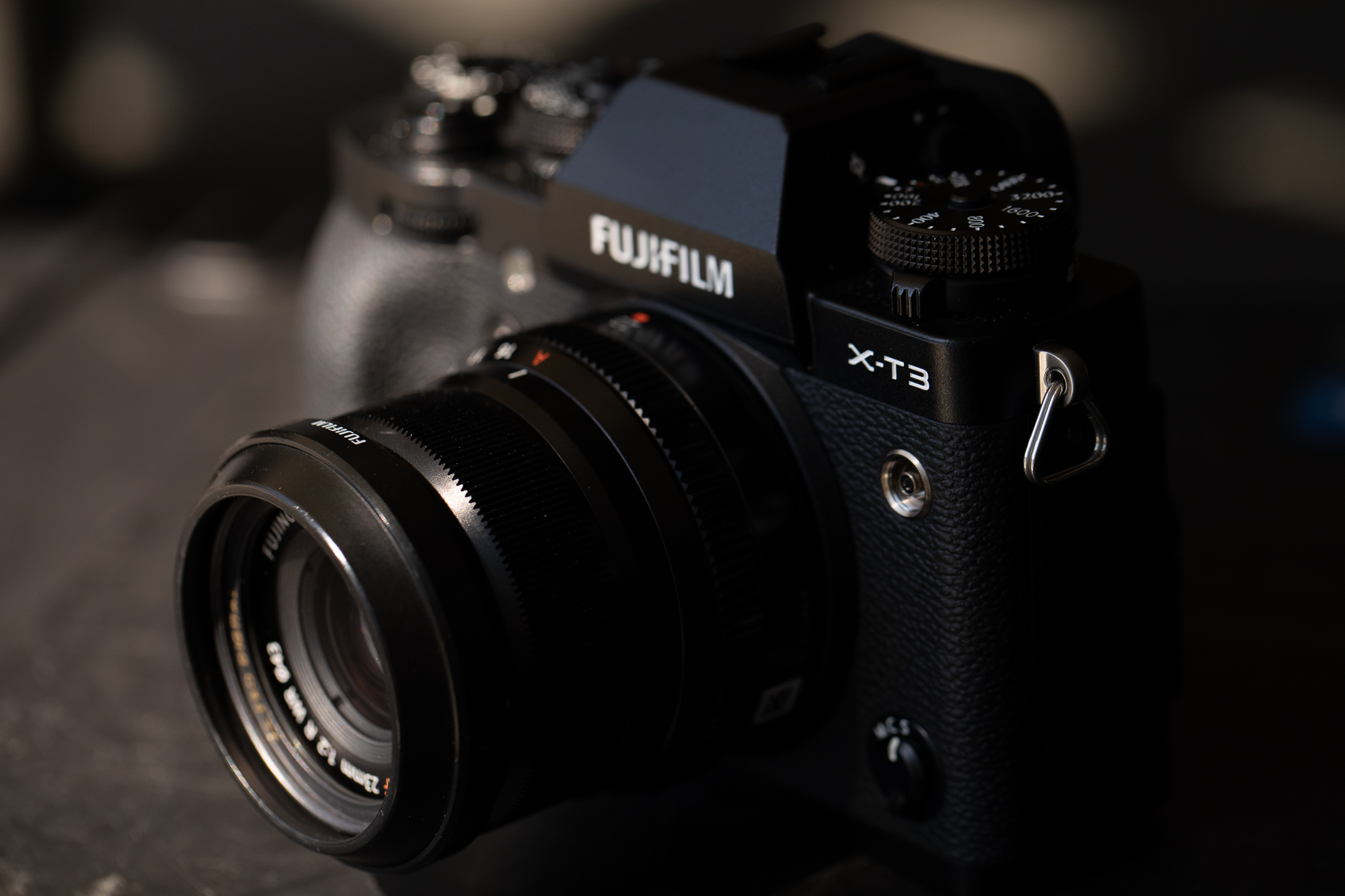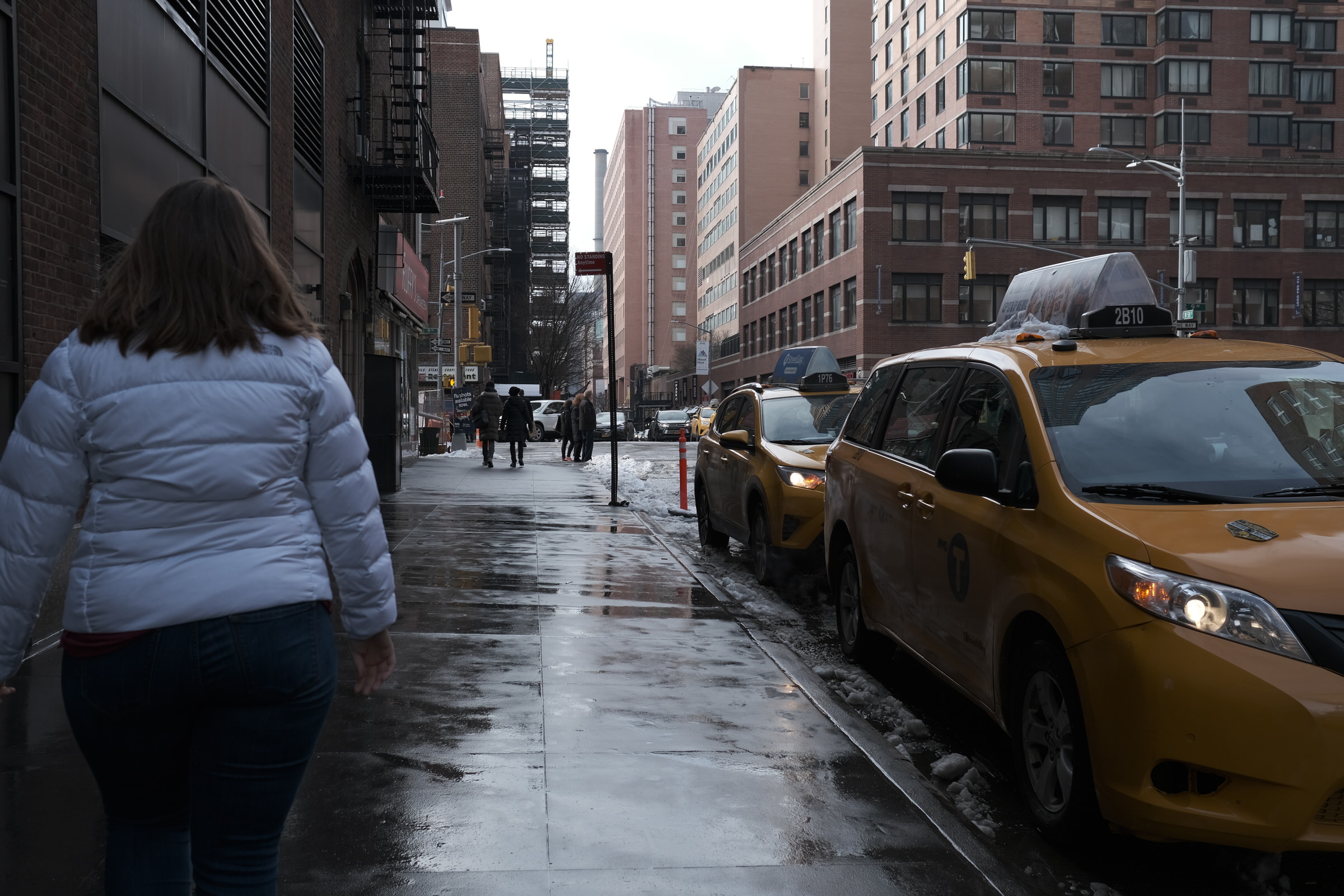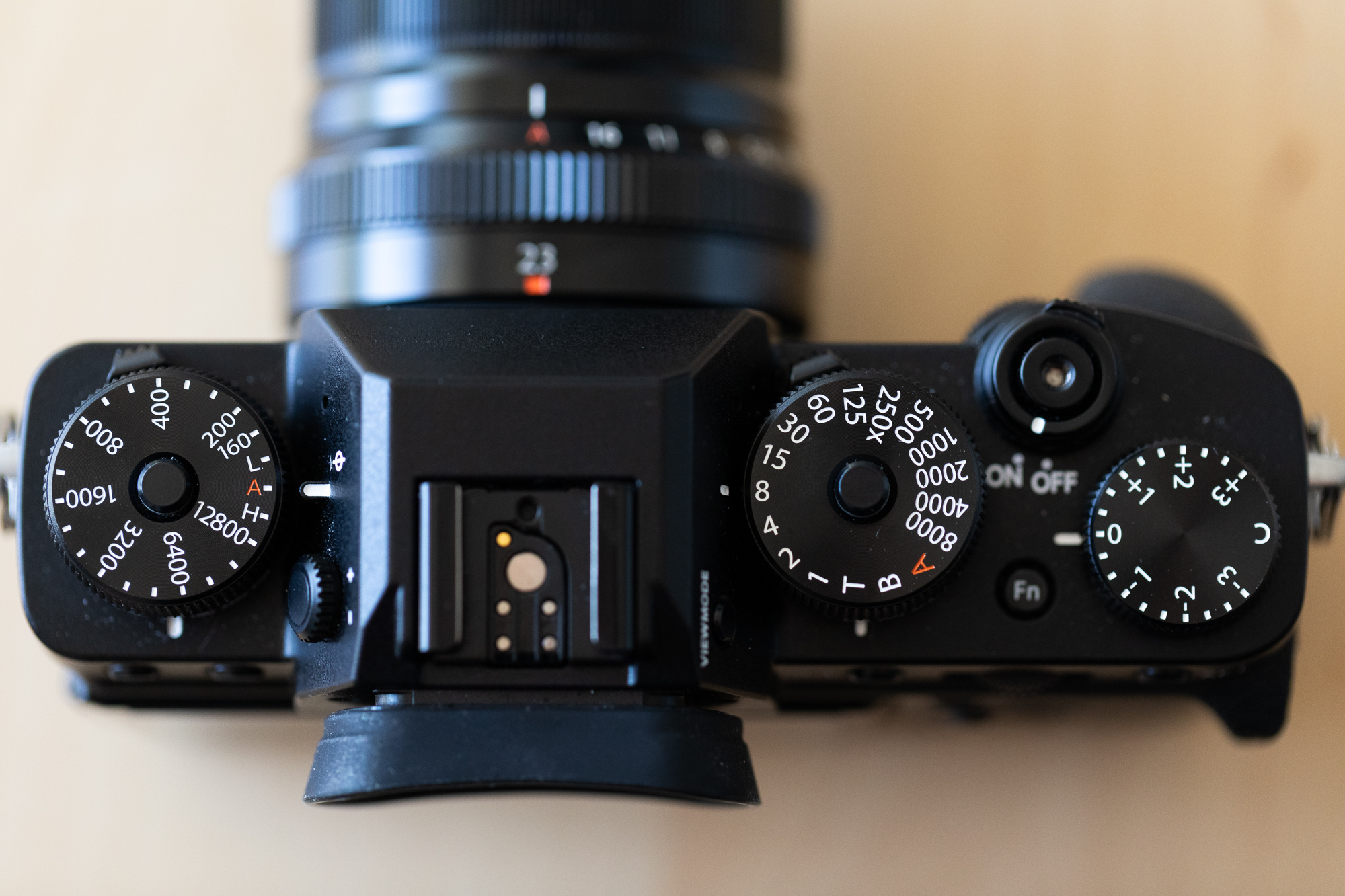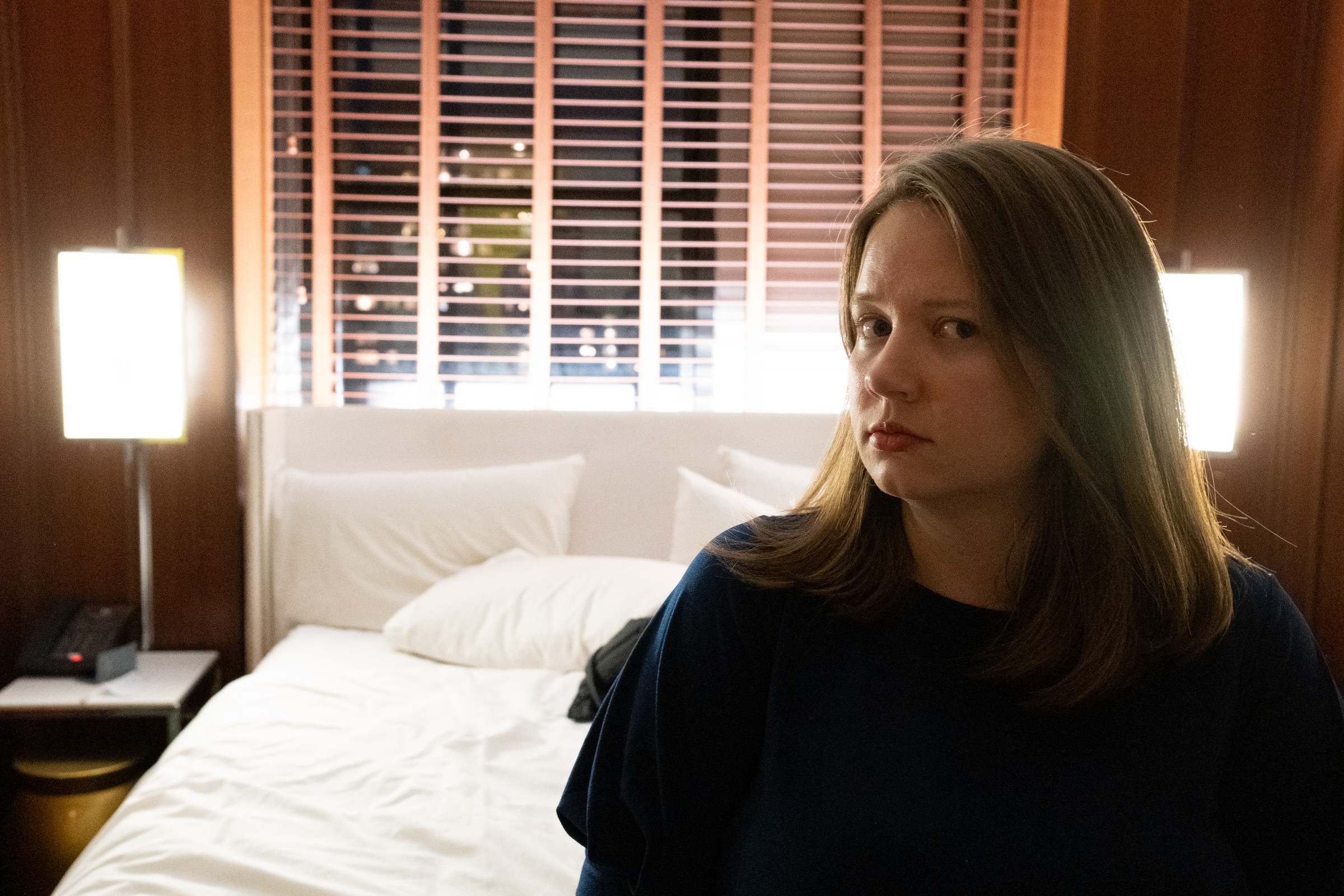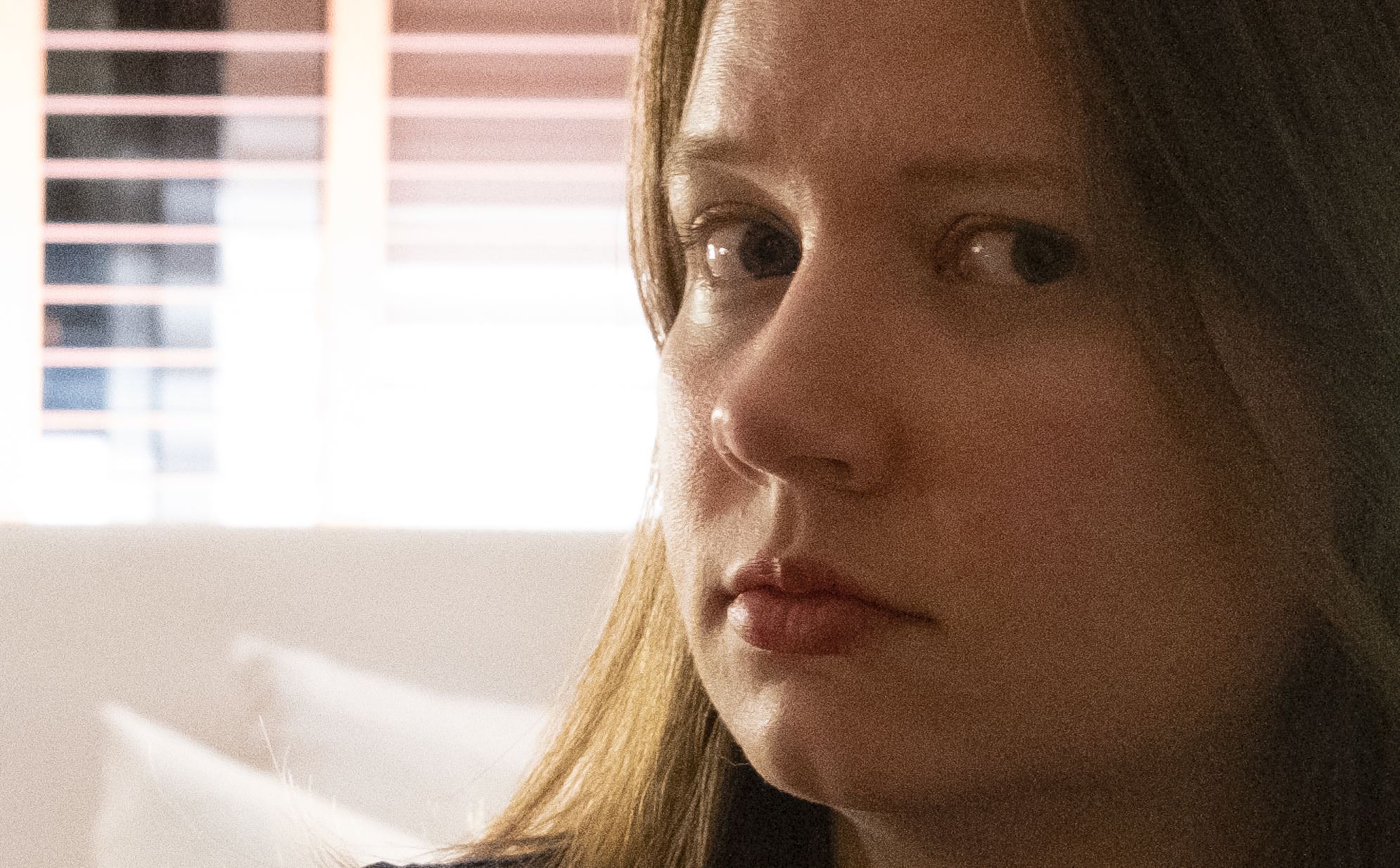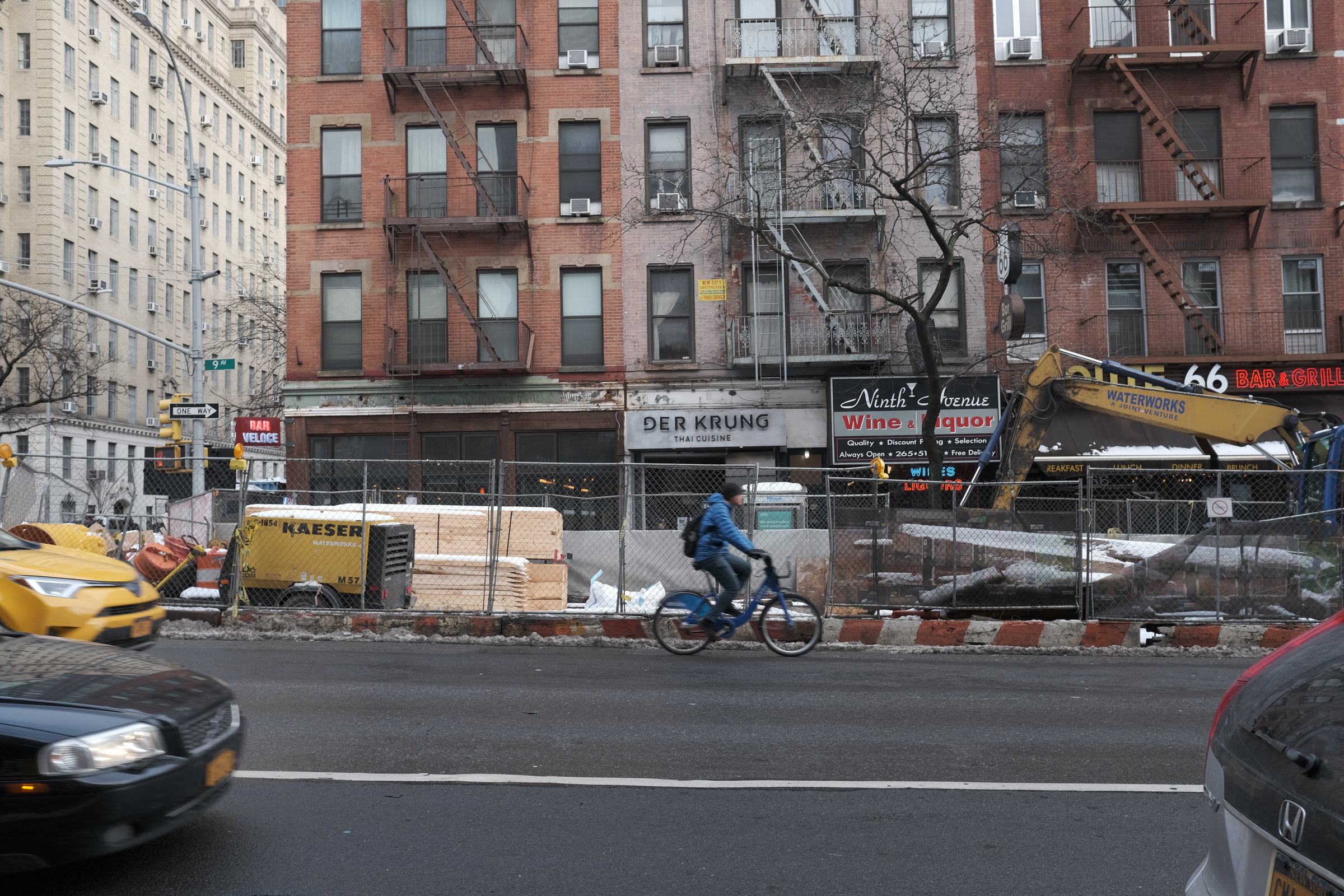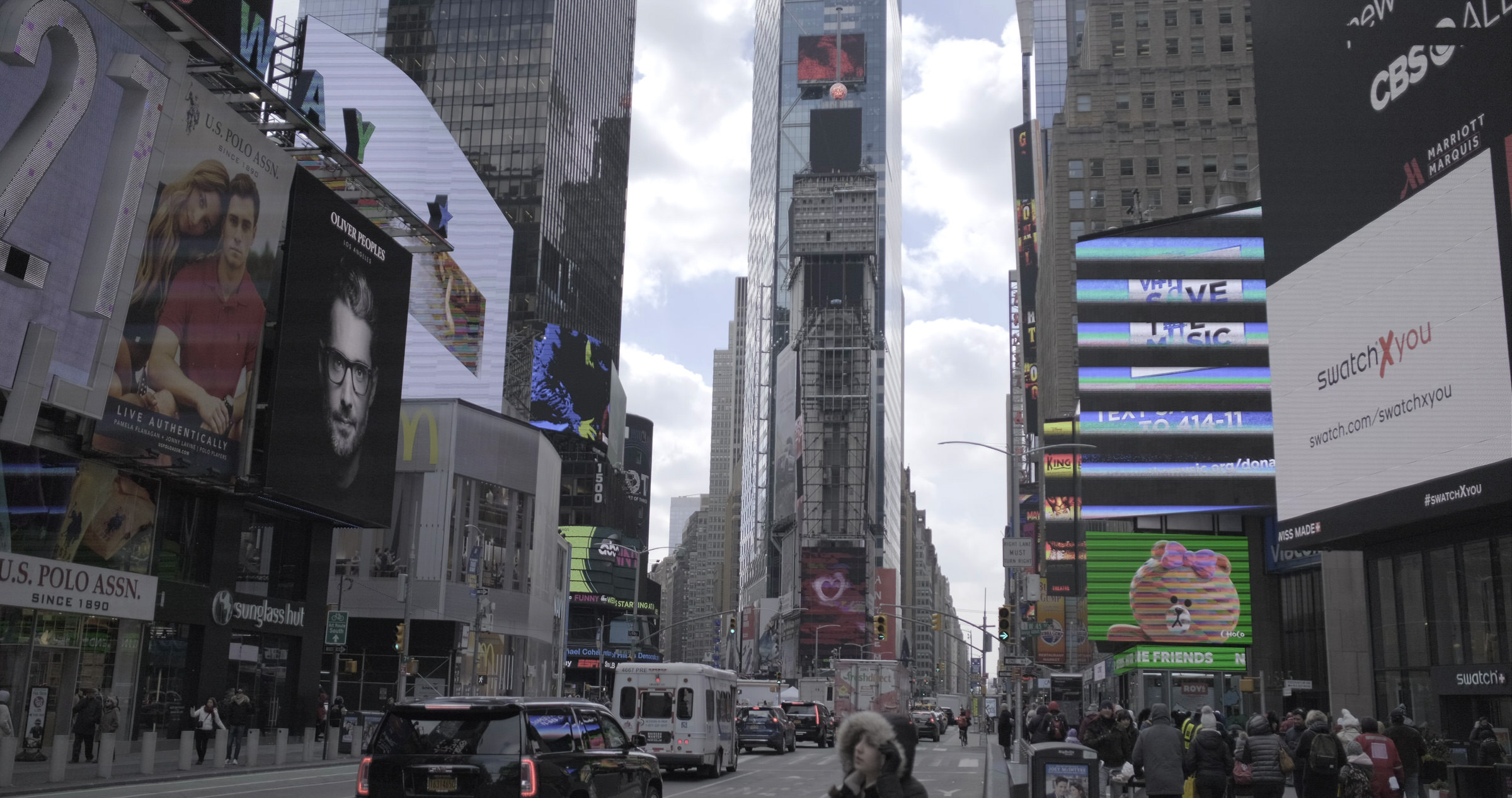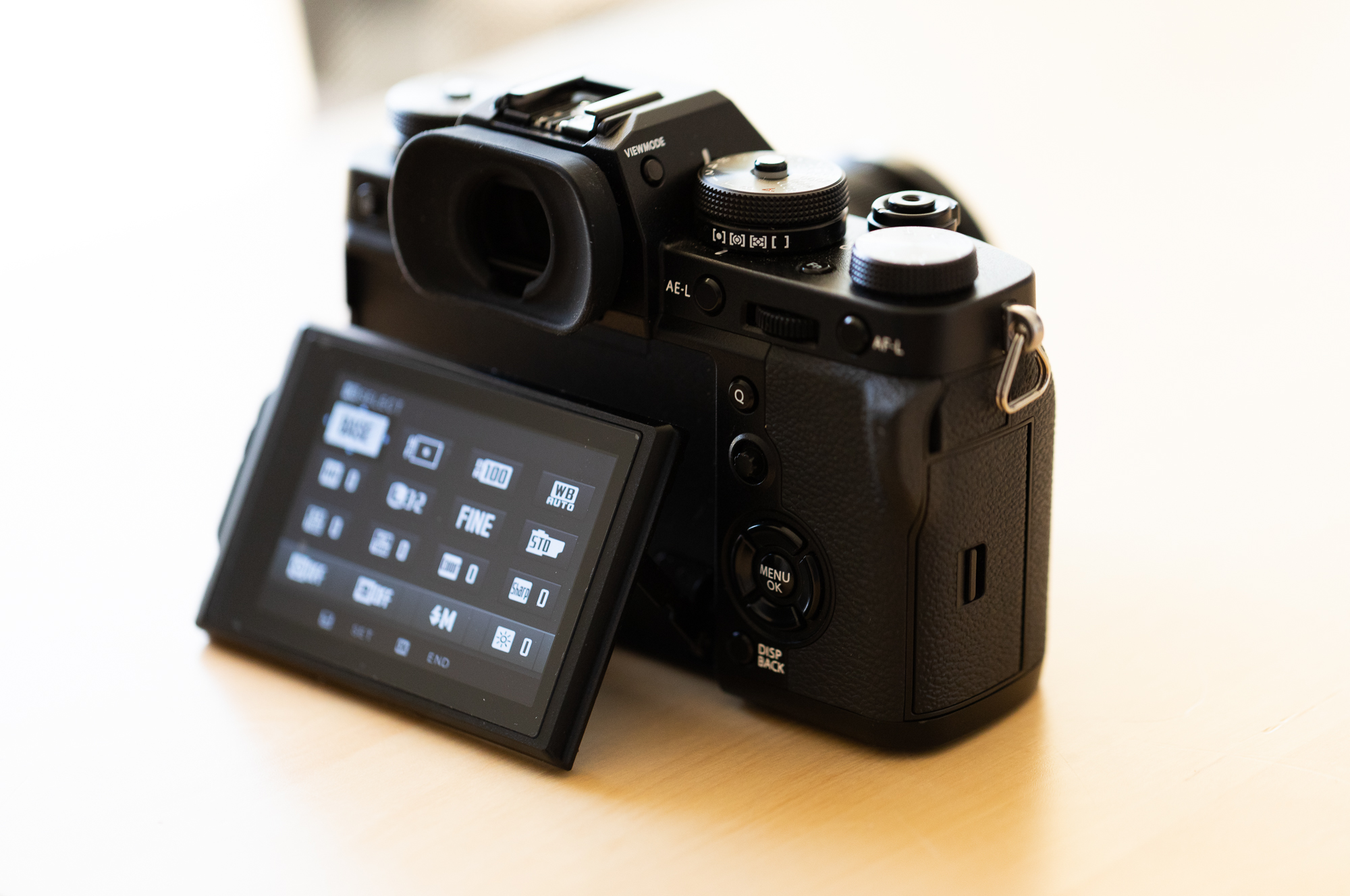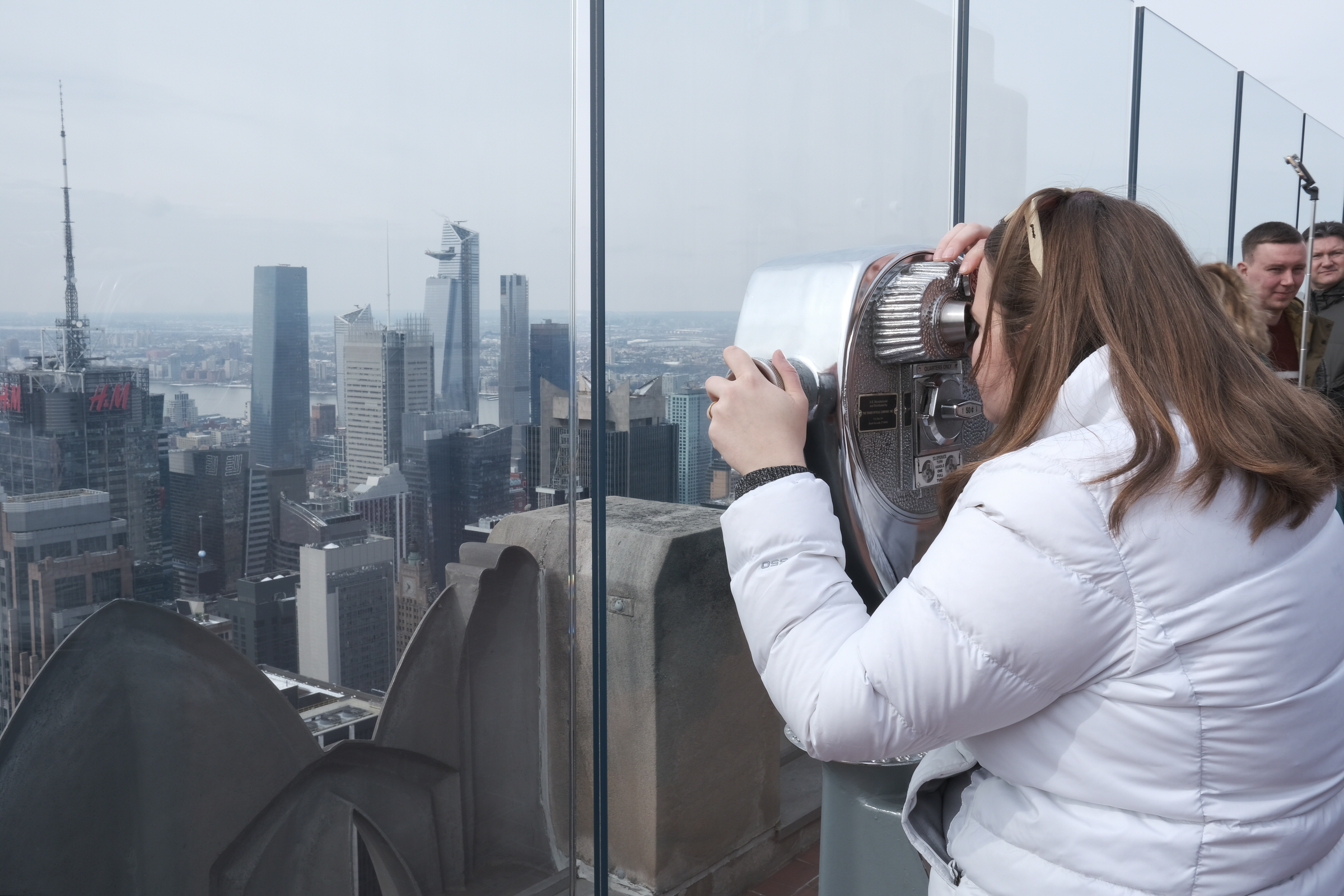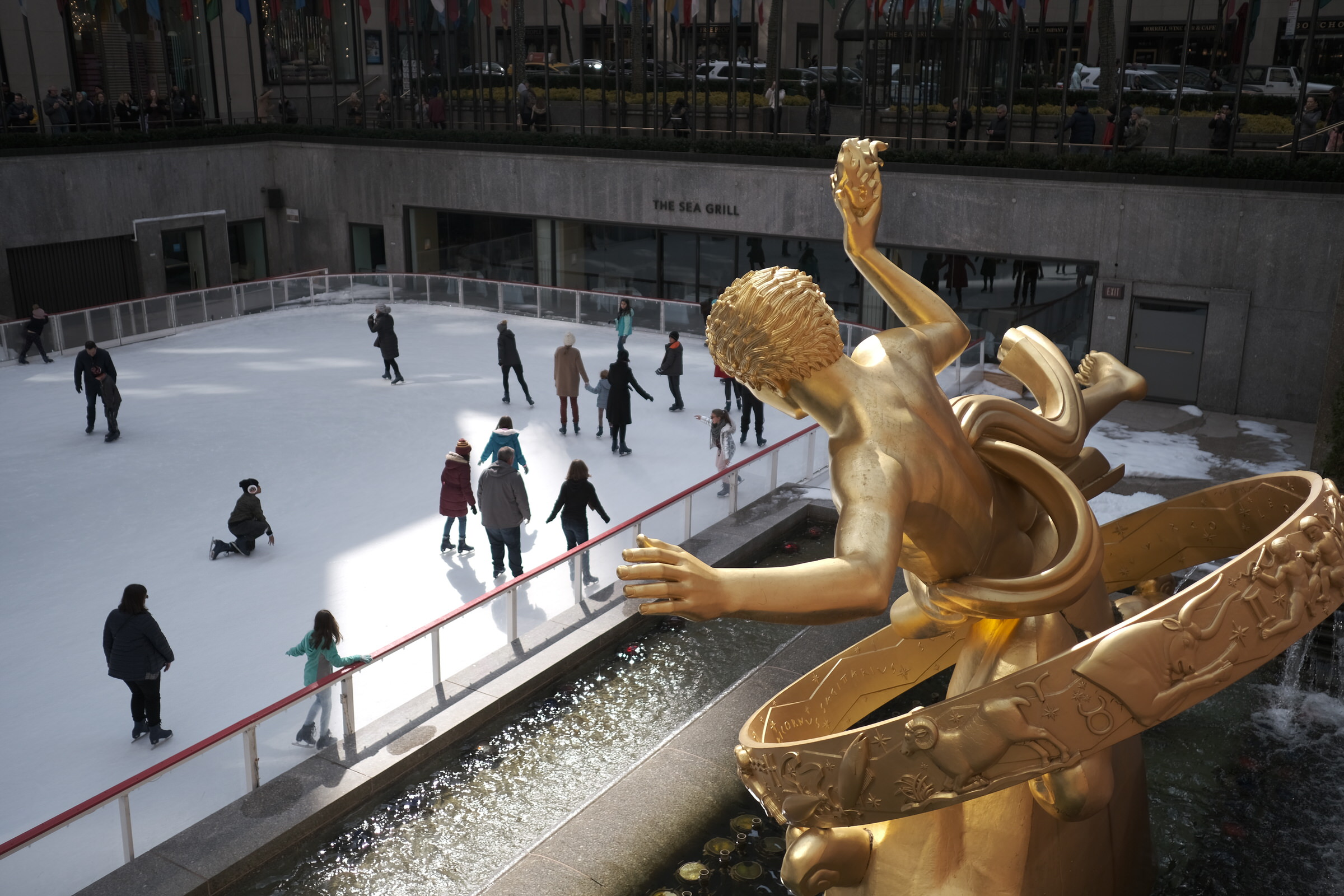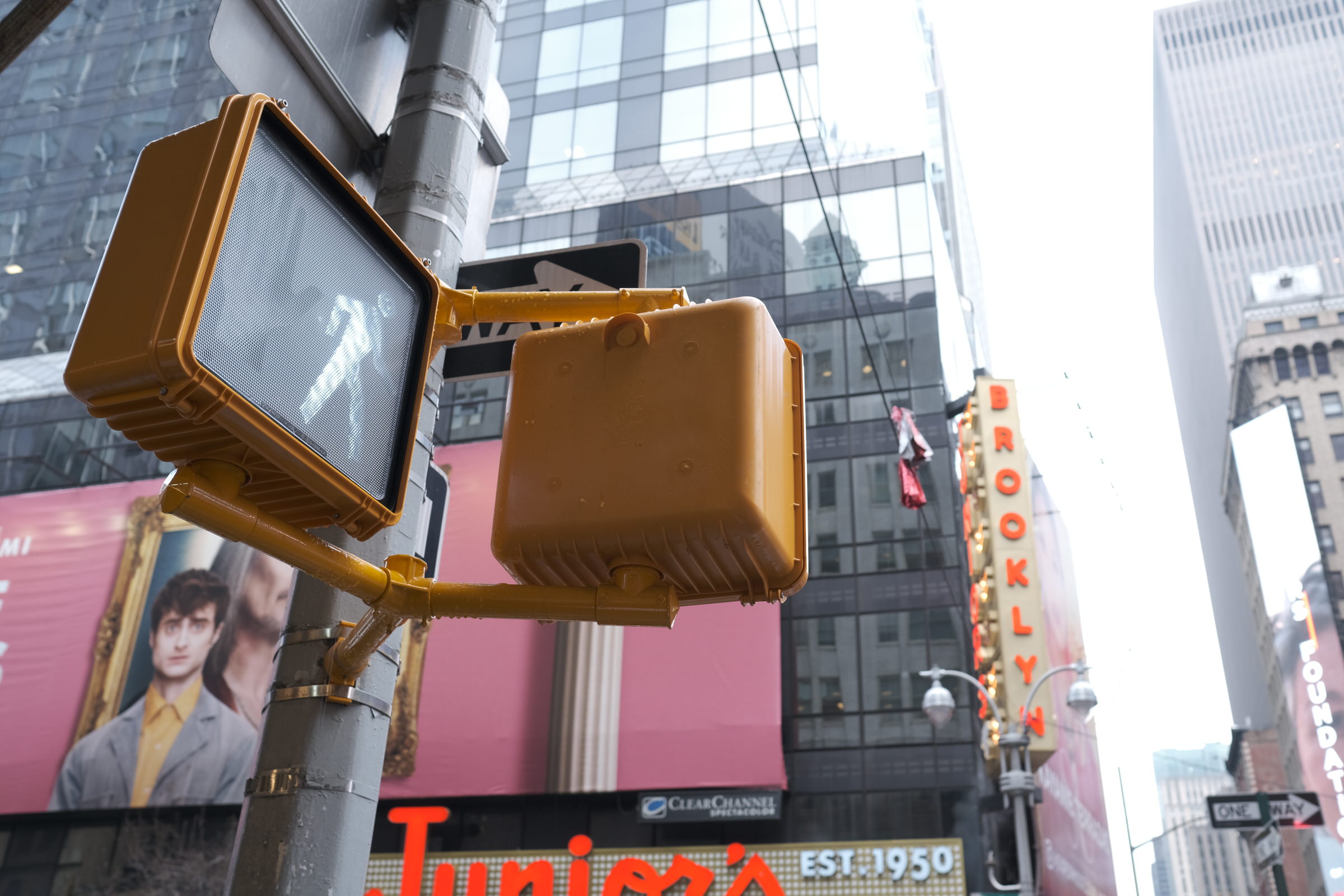Equipment
In a World of Full Frame Mirrorless Cameras, Does the Fuji X-T3 Still Hold Up?
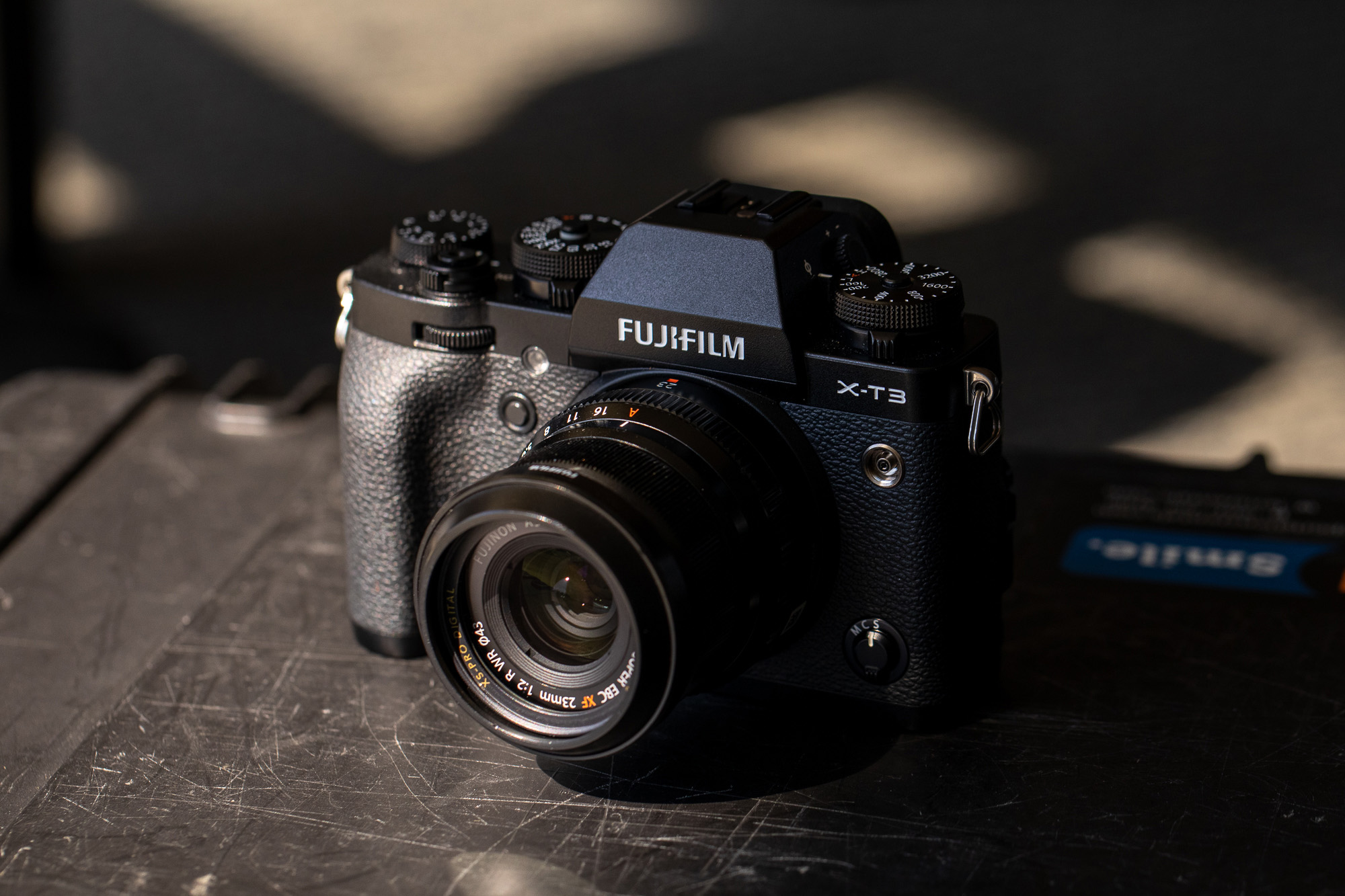
There is something of a revolution occurring in the photography world with mirrorless cameras. It seems most of the major players are entering the market with full-frame options to try and upset the stranglehold Sony has had for the last several years. Canon has its Canon EOS R series, and Nikon has its Nikon Z series. Panasonic has a full-frame option, and Leica has been in the full-frame business for a while now. Olympus and Fujifilm are the major hold-outs in this range as they want to take full advantage of their experience with their sensors as well as the abundance of lenses available for their respective systems. I am focusing on Fujifilm’s latest X series camera, the Fuji X-T3, the most advanced and video focused camera from the company thus far.
The purpose of this review is to answer whether Fujifilm’s reluctance to take the full-frame plunge puts it at a disadvantage and whether I feel disappointed by their presentation. I am not directly comparing the camera to the Canon, Nikon, Panasonic or Sony options. Instead, I will be analyzing the technology here to see if it is still relevant when there are options available that seem more promising at similar price points. After all, Canon’s recently announced EOS RP is similarly priced but with the added benefit of the larger sensor. Does the Fujifilm X-T3 leave me longing for the larger sensor or is it an unbelievable camera package that stands as a testament to how far Fujifilm has taken their APS-C X mount system?
I recently went on a trip to New York City and brought the Fuji X-T3 and a Fuji 23mm f/2 lens. This was all I brought. I wanted the lightest quality setup I could have to do some street photography and light videography as well. I wanted to push the camera as much as I could, and the weather was also a lot colder and wetter than I was expecting to deal with. I am going to give you my most honest opinion on the various aspects of the camera I tested.
Build Quality
To start, I want to speak about how well the camera is put together. I always enjoy using Fuji cameras because they have a lot of manual dials that give you the tactile control that is reminiscent of older film camera designs and it is this aesthetic that keeps bringing me back to the ecosystem. Even though I love having my ISO and Shutter Speed controls out in the open and not buried deep in menus, I also ran into the classic Fuji problem of a few too many things being relegated to dials such as shooting options like bracketing, dual exposure, panoramic, video, and even metering. These dials are still too easy to misalign and end up making a mistake that could be avoided. It’s a more minor gripe but is something that always crops up when I’m out in the wild. Luckily, physically, the camera retains the same basic layout and design as the previous entries and feels nice and balanced. I love that I can still shoot with one hand and not feel my arm burning (This has more to do with the lens choice, but even a Canon 5D Mark IV is a weight with a pancake lens). The camera even handled the nasty weather really well. While I tried my best to keep it out of the snow and sleet, if you have to get the shot, you do what you have to do. I only ran into one instance where the camera locked up and wouldn’t turn on. Removing and reinserting the battery fixed the issue. It was only a minor panic. Other than this one instance, I was completely impressed with the build, gripes and all.
Image Quality
It should come as no surprise that the image quality is as I’ve come to expect from Fuji. I personally own a Fuji X-T1 that is still my workhorse, despite only having 16 megapixels. The Fuji X-T3 ups the ante, even from its predecessor that had a 24mp sensor, with a 26mp sensor. The detail is astounding. While the images in this review are jpegs, the RAW files are some of the sharpest I’ve had from a Fuji so far. Just gorgeous. The film simulation I used for all of these photos was Eterna, since it was the newest option. It had the best-looking quality to my eyes as well and was the way I wanted to remember my trip. Just a personal preference. I have a lot of experience with the Fuji 23mm lens I was using and this felt like a new experience with the lens. Forgetting my lens choice for a moment, the jpegs that come out of the camera have pretty good compression in the large size and look pretty natural. Good news there if you aren’t a RAW person. No question, this is the best a Fuji cropped sensor has ever looked. I will say that I do wish this camera had the in-body image stabilization that the Fujifilm X-H1 has, but I was able to manage without it. Low light is where things get more complicated. I feel like the image quality is fine in low light and is nowhere near the worst I’ve seen. While a little muddy in detail, the jpeg compression still holds up under scrutiny. Below you can see a comparison showing the difference between low and high ISO and judge for yourself how well this is handled (the photo was not perfectly in focus because the light was very dim in the room and my subject was not completely still, but I feel this is representative of the noise you can expect from ISO 12800).
Video Quality
The big draw for this camera for a lot of people is the video quality and video options. I will be honest in saying that I did not push the video settings to their theoretical maximum and only shot 4K30p, but I made sure to shoot at the highest bitrate and in the HEVC codec. I shot with the f-log colorspace, and I’m pretty impressed with the video I was able to get out of this camera. I’ve shot everything from a Canon Rebel to a Sony A7S to a RED cinema camera, and frankly, at this price point, this camera is one of the best in class. The dynamic range is really nice, and the image is exceptionally sharp. Considering this is a compressed video, it looks fantastic and grades really well. I’ve included some ungraded screenshots from some of the videos I shot, and I feel that it is well representative of what you can quickly get out of the camera. I did not do any external recording, but it is impressive that it can output 10bit 4:2:2 video. Once again, I’m left impressed with the price to performance ratio here.
Connectivity and Features
This is where I think that if the camera doesn’t seem overly impressive against the competition, this can make or break it for you. Fuji has an antiquated app that has been around since at least the Fuji X-T1 and utilizes a WiFi connection to the camera in order to use the remote shooting and the image transfer functionality. This has always been the Achilles heel of the system in my opinion and is still here. Luckily, this has been made a little less painful with the addition of Bluetooth. This allows the camera to maintain a connection to your phone so that it can share exact geotagging and location data as well as easing the transition to the wifi connection to transfer images. Worth noting that I could not get the HEVC 4K video to transfer to my phone. Not a huge deal, but worth noting. The app is still tired and lacking in features but at least it works better with the Fuji X-T3 than previous cameras. As far as other features in general, everything you expect is still here: Dual SD card slots, well shielded I/O ports including a USB-C port and a headphone jack (finally). The rear LCD still has the odd tilting and swinging action. I do wish they could simply mimic what others do so that the LCD can be seen in all directions rather than being tethered to the rear of the camera. The viewfinder has the same specs as the Fuji X-T2 with a higher resolution and is still buttery smooth and seems nearly real-time. Just a pleasure to use. Once again, I really wish they had included the in-body image stabilization from the Fuji X-H1 but add that to my wishlist for the Fuji X-T4. Another big feature touted here is 100% frame coverage autofocus. I tried this out with minor success. It worked well but realistically, I didn’t notice much difference because I don’t typically try to track subjects to the edge of my frame. Your mileage may vary. The final thought here is that I like the menu system, but I know plenty of people that despise it. Surprise, the same menu is still here, and not much has changed.
Fun Factor
My favorite and most subjective topic is by far the fun factor. Essentially, this is my idea of a final verdict adding all of these things together and asking whether I enjoyed my time with the camera. Needless to say, I’m a fan of Fuji cameras and always find myself getting excited about their announcements. The Fuji X-T3 is no exception. Everything about it excited me. When I got it home and started working with it, I had a huge smile on my face. My wife was quickly tired of my excitement over this camera. The fun film simulations and great image quality combine to make a pleasant shooting experience especially combined with the manual controls. It makes walking around taking candids much easier than hoping you are turning the correct unmarked dial or multifunction button. This camera got me excited to get out and take photos again. The video quality was the icing on the cake and added to my experience.
Final Thoughts
To tie this up, remember my original question: Does Fujifilm’s reluctance to take the full-frame plunge put it at a disadvantage and do I feel disappointed by their presentation. I can, without a doubt say I’m not disappointed. The presentation here is the most polished Fuji has put together. It’s not without its faults but you can tell there has been a lot of thought poured into this camera and it shows in how well the sensor renders images whether it is in photo or video. It obviously has a different look than that of full-frame sensors, but the fact that a lot of these manufacturers have to start from scratch with their lens lineup or rely on adapters to appease users (Sony not included here) makes me respect Fuji’s decision to stick with what they know. They have beautiful lenses in their lineup, and it’s great to see them continue to support them. I must reiterate that I haven’t used Canon or Nikon’s Full-Frame mirrorless cameras. This is solely my take on whether the crop-sensor Fuji is still relevant in this newly crowded market and it unequivocally is relevant for sure. I give it my highest recommendation.
Author: Phillip Pettit
I’m a photo technician and video enthusiast. By day, I inspect lenses and cameras as well as assist with gear questions and recommendations and by night, I practice photography and videography for fun and professionally. I’m a tech guy by nature so I enjoy testing all the new gear and giving my impressions.
-
Christian
-
Trevor Martin
-
T N Args
-
Les
-
Alec Kinnear
-
SolJuJo
-
Rich
-
SolJuJo
-
SolJuJo
-
Scott Kirkpatrick
-
Alec Kinnear
-
Piotr Rowicki
-
DD D
-
Ernest Green
-
t_linn
-
Alec Kinnear
-
t_linn
-
Rich
-
SolJuJo
-
BL
-
Rich
-
SolJuJo
-
Rich
-
t_linn
-
t_linn
-
SolJuJo
-
Rich
-
Sid
-
Shadowmourne
-
John Dillworth
